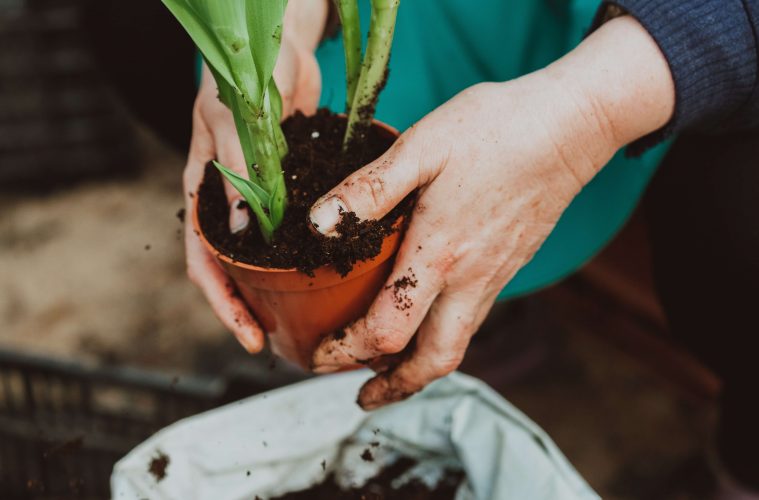After a long, cold winter, we’re all itching to get back into the garden come spring! And for beginners, this can be a daunting task, but before you break out your gardening tools, make sure you plan your spring-season tasks carefully. If you’re not sure where to start, these are some of our spring planning.
1. Plan and prepare
Before you plunge your hands into the soil, take the time to plan your garden layout. Consider the available space, sunlight exposure, and the types of plants you’d like to grow. Sketching a simple garden design on paper will help you visualise the layout and arrangement of your plants. Additionally, prepare your garden beds by clearing away debris, weeds, and any remnants of winter.
2. Select your vision
Now comes the enjoyable phase – unleash your creativity and decide on a design that resonates with you and complements your home’s architectural style. For a traditional dwelling, an exuberant cottage garden boasting flowing borders and an array of vibrant blooms could be a perfect match. Meanwhile, a contemporary residence could find harmony with a gravel and succulent garden, while a formal arrangement featuring symmetrical beds and artful topiary might beautifully enhance a Tuscan or Provençal abode.
3. Start easy
Begin your gardening journey by tackling a straightforward task, like filling pots, troughs, or hanging baskets with charming blooming annuals. This simple activity has the power to elevate your garden from its winter slumber. Alyssum and calendula are excellent choices for drawing in bees, while other low-maintenance annuals like impatiens, dianthus, geranium, lobelia, nasturtium, nemesia, pansy, petunia, sweet peas, and zinnia can effortlessly grace your garden beds.
4. Get to the nursery and shop!
With your meticulous planning in tow, it’s time to embark on a journey to the nursery. As you gear up for this excursion, bear in mind the following pointers:
- Seek out plants adorned with robust, vibrant green leaves.
- Prioritise plants flaunting numerous unopened buds over those already in full bloom.
- Eschew specimens showcasing yellowed leaves and weak, spindly growth.
- Opt for shrubs boasting a well-formed structure, complete with an abundance of branches.
- Shy away from plants with exposed roots or tangled, protruding roots escaping from their containers.
- Ensure the container or bag harbors no unwelcome interlopers in the form of weeds.
Read more: How to prep your garden for spring
5. Groundwork and planting preparations
The foundation of your garden’s triumph lies in diligent soil preparation. Fostering robust soil health entails incorporating compost, an indispensable ingredient. To provide your plants with a propitious head start, consider introducing well-rotted kraal manure. Gently blend these organic constituents into the soil, wielding a garden fork. Rid the area of undesired plants, rocks, and stones, and diligently turn over the soil to a depth of no less than 30cm.
6. Nurture your green companions
Freshly transplanted flora crave consistent hydration, which should gradually be tapered off as they become established. The frequency of watering can be modulated to a rhythm of two to three times weekly, contingent upon your climate, precipitation patterns, and plant selections. Prioritise deep, infrequent watering over superficial, frequent watering, as the former stimulates plant roots to delve deeper, seeking out moisture and enabling them to withstand prolonged intervals without water. Aim to water for durations of approximately 20 to 30 minutes each session.
7. Embrace patience and learning
Gardening is a journey that requires patience and a willingness to learn from both successes and challenges. Not every plant will thrive, and mistakes are opportunities for growth. Keep a gardening journal to track your experiences, observations, and lessons learned, so you can continually refine your skills.
Spring gardening offers an exciting chance for beginners to immerse themselves in the joys of nurturing plant life and reaping the rewards of their efforts. By following these essential tips and dedicating time to your garden, you’ll be well on your way to cultivating a thriving and enchanting oasis of greenery and colour.
ALSO SEE:
Feature image: Pexels

